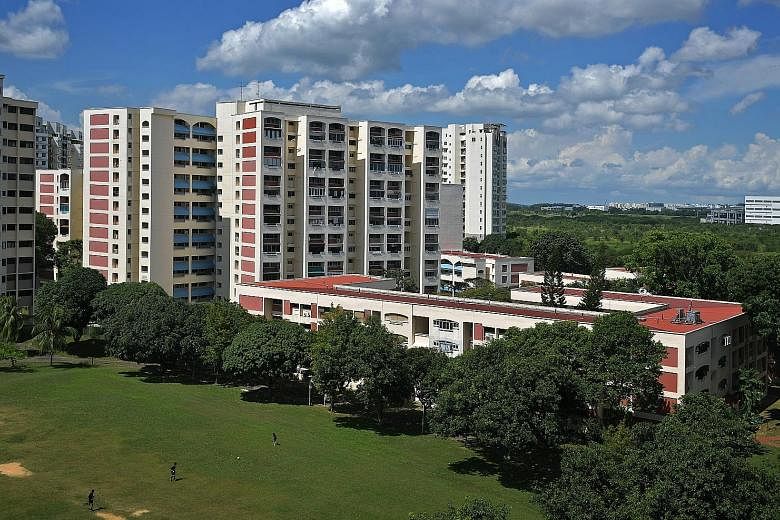The development charge (DC) rates for landed and non-landed homes have been raised amid collective sale fever and rising property sales.
The increase was highest for non-landed homes. DC rates for this segment was hiked by 13.8 per cent on average, with one sector - the Tampines Road, Hougang, Punggol and Sengkang area - receiving a 29 per cent rise.
The charges are levied by the Government for enhancing the use of some sites or building bigger projects on them. They are revised on a half-yearly basis by the Ministry of National Development (MND), in consultation with the chief valuer.
MND said yesterday it had raised DC rates for commercial, landed residential and non-landed residential sites. The new rates take effect today. The DC rates for all other segments, including industry, places of worship, hotels and hospitals, remain unchanged.
The DC rate hikes for non-landed home sites ranged from 6 per cent to 29 per cent. Cushman & Wakefield research director Christine Li said the hike of 29 per cent levied on the Hougang area could be attributed to the collective sale of Rio Casa in Hougang Avenue 7 for $575 million.
The second-highest increase of 28.1 per cent, applied to the Paya Lebar area, was likely due to the strong launch of Park Place Residences, which sold all 215 of its Phase 1 units at an average price of $1,900 psf, she added.
Mr Nicholas Mak, the executive director of research consultancy ZACD Group, said this latest round of changes could temporarily cool collective sale fever.
-
29%
Highest development charge rate hike was levied on Hougang area.
28.1%
Second-highest rate hike was applied on the Paya Lebar area.
"Depending on the location, the increase in DC rates could have a greater impact on the sale en bloc of 99-year leasehold projects, as it could increase the charges payable for increasing the floor area of the new development, as well as topping up the 99-year lease of the land," he said in a note.
There have been seven successful collective sales worth $2.5 billion in total so far this year, up from three deals last year worth $1 billion.
The hikes in DC rates also come amid a sharp pickup in the property market, said Ms Li.
In the first half of this year, commercial property transactions rose 23 per cent from the same period a year ago to $6.9 billion, while residential transactions hit $6.2 billion, up a whopping 130 per cent.
"Developers paid an average 29 per cent premium over comparable sites for the first five months of 2017, a marked increase when premiums were sub-zero in late 2015 and early 2016," she noted.
"The increasingly bullish bids by developers in recent land tenders is a testament that home prices are likely to increase when these projects reach the market."
The DC rates for landed homes were raised by 7 to 9 per cent, with the hikes applied to only five areas.
The DC rates for commercial use increased by 3.8 per cent on average, with hikes ranging from 3 per cent to 11 per cent. The biggest hikes were applied to five sectors, including the Paya Lebar, Woodlands and Boon Lay areas.


